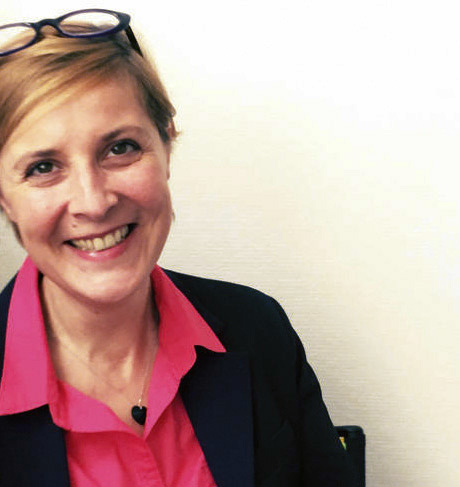Brodbeck & de Barbuat’s 2021 work, The 1000 Lives of Isis, commissioned by the Centre National des Arts Plastiques and the Jeu de Paume, and supported by the French Ministry of Culture, featured a digitally synthesized image of Isis. The series p...

Brodbeck & de Barbuat’s 2021 work, The 1000 Lives of Isis, commissioned by the Centre National des Arts Plastiques and the Jeu de Paume, and supported by the French Ministry of Culture, featured a digitally synthesized image of Isis. The series p...



You’re getting blind.
Don’t miss the best of visual arts. Subscribe for $7 per month or $84 $70 per year.
Already subscribed? Log in